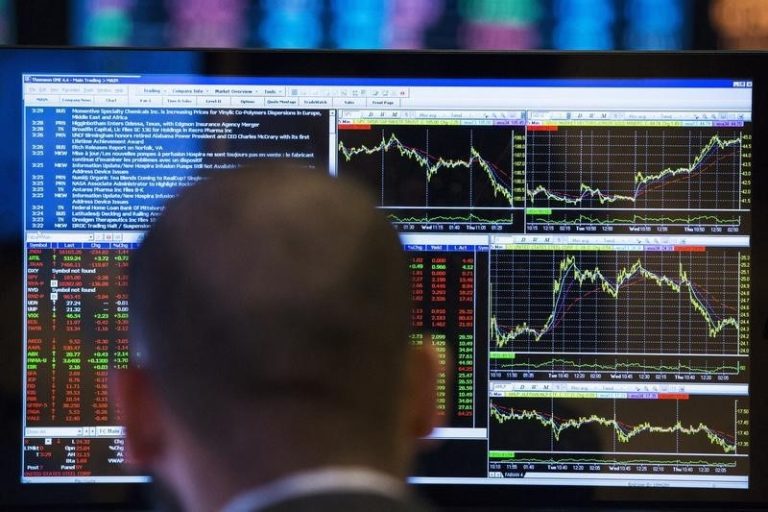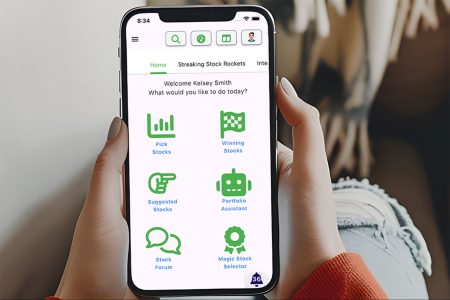© Reuters. FILE PHOTO: The logo of VinFast is pictured at the 2022 Paris Auto Show in Paris, France October 17, 2022. REUTERS/Stephane Mahe/File Photo
2/2
By Phuong Nguyen and Francesco Guarascio
HANOI (Reuters) – Vietnam’s EV champion VinFast has managed to sell Wall Street on a Nasdaq listing that values the loss-making startup at more than $85 billion, almost twice as much as Ford or General Motors (NYSE:).
Now comes the hard part: moving overseas growth out of the slow lane.
VinFast needs to deliver more than twice the sales notched up so far this year in the remaining five months to hit a stretch annual target set by its founder of selling 50,000 EVs. For that, it needs to complete a revamp of a sales strategy to bring in distributors and dealers rather than selling through its own platform alone, an approach it borrowed from Tesla (NASDAQ:).
It will also require bringing costs down to compete on price with the likes of Tesla, which has been using its scale and industry-leading margins to cut prices and pile pressure on rivals since the start of the year.
Shares of dedicated EV maker VinFast, which merged with special purpose acquisition company (SPAC) Black Spade, surged on their Nasdaq debut on Tuesday. Since 99% of the company is controlled by VinFast’s founder, Pham Nhat Vuong, the stock’s tiny float makes it subject to more volatility.
Other EV SPAC deals, including Lucid, which Black Spade used as the basis of its initial $23 billion valuation of VinFast, have seen their shares tumble after listing. Lucid is valued now at under $15 billion, nearly 40% less than its $24 billion SPAC valuation in 2021.
VinFast’s intent to raise additional capital is also a potential threat to its lofty valuation. CFO David Mansfield said on Tuesday the company was talking to a range of investors, including sovereign wealth funds, and was on track to raise additional funding in the next 18 months.
“Like any transaction, pricing is set by the market,” CEO Le Thi Thu Thuy told Reuters when asked about the terms of a future investment. “So it’s not like we can say that you use our equity or stock (price) today.”
The VinFast listing creates a way for the automaker, which has struggled to retain senior executives, to offer share-based compensation, a prospect spelled out in its filings.
BRINGING IN PARTNERS
VinFast CEO Thuy said on Tuesday the EV maker would be shifting to a new “hybrid model” for sales, bringing in distributors and dealers for overseas markets. Since it announced its overseas expansion plans, VinFast had been counting on just using its own showrooms, like Tesla does.
“Opening our own stores is great but it takes a lot of time,” she said. “Joining forces with other partners to go faster has always been our nature.”
VinFast opened 122 showrooms globally as of June, the company said, concentrated on the U.S. West Coast.
Founder Vuong had said in May that VinFast could sell 50,000 EVs this year. Through the first seven months, it has sold over 16,000, including its sales in Vietnam. That includes sales of just 137 of its VF8 model in the United States, the only model it currently sells there.
“The ballpark numbers that our chairman indicated for this year are still on track,” CFO Mansfield said.
Even at that target, VinFast will be only selling at roughly a sixth of the production capacity it has at its Haiphong, Vietnam plant. A new plant is under construction in North Carolina and scheduled to begin operations in 2025.
Consultancy AlixPartners has said it estimates EV makers need annual sales of 400,000 vehicles to break even, including in China, where most are losing money in a deepening price war for market share.
Pricing is another challenge and Tesla has kept the pressure on, introducing a cheaper version of its Model S and Model X on Tuesday. The Tesla Model Y is almost $7,000 cheaper than VinFast’s VF8 after including federal subsidies.
Thuy said VinFast believed its products were priced competitively but was working to bring prices down. “There is no other (automaker) in the world that has as low a cost base as in Vietnam,” she said. “All of that is leading to cost reduction in the future.”
Read the full article here









